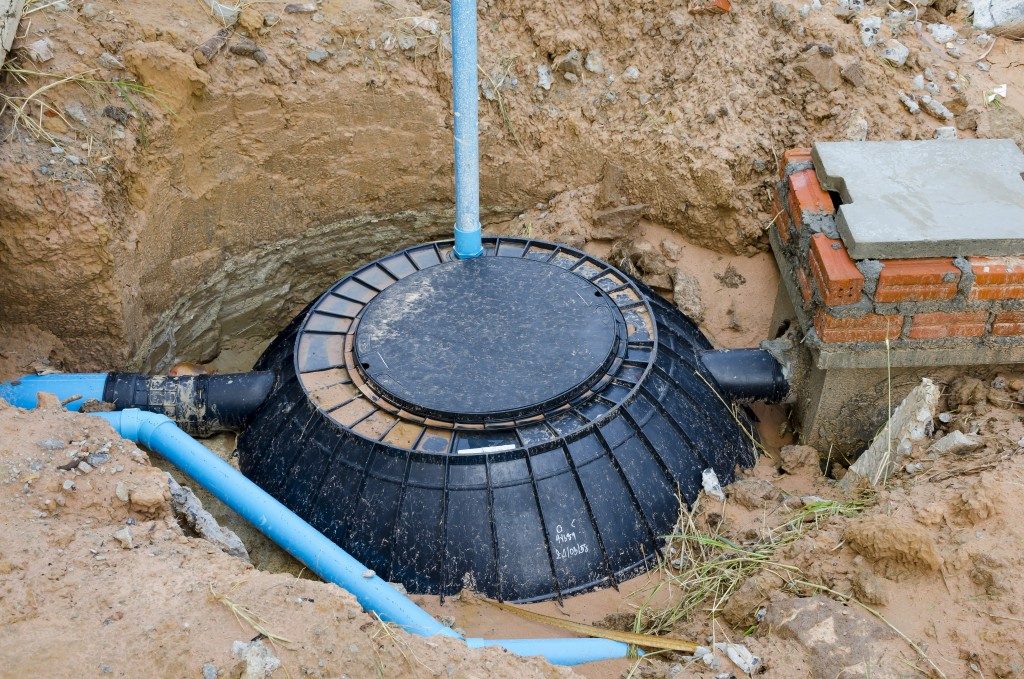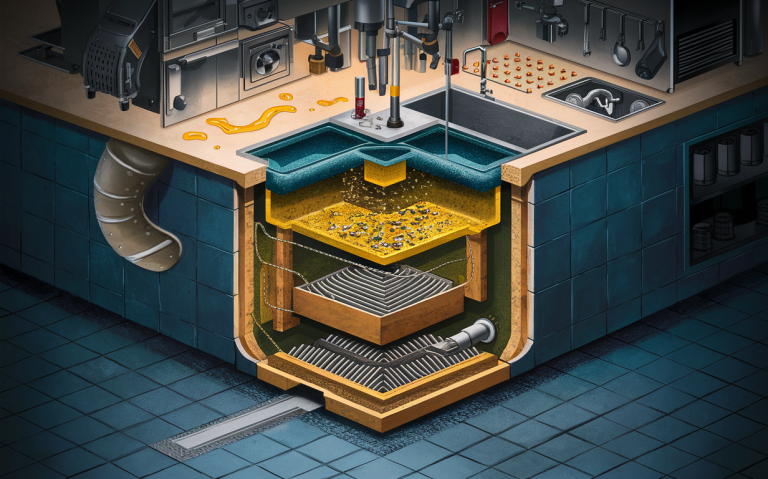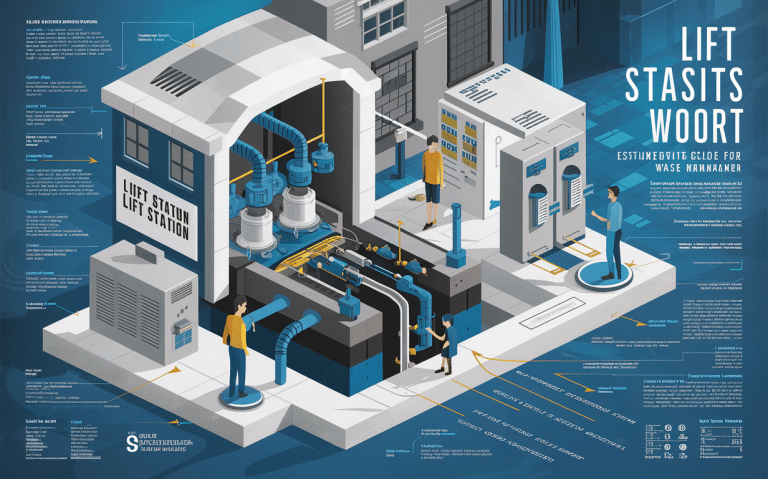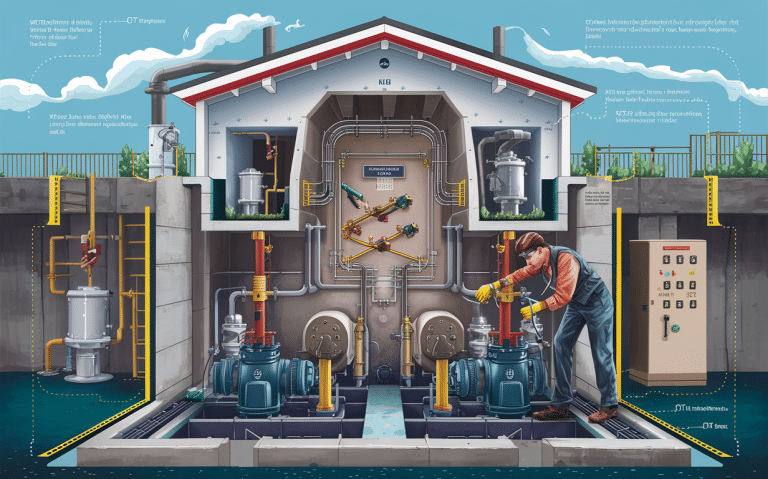Top 4 Signs You Need to Pump Your Septic Tank Now!
Knowing when to pump your septic tank can save you from expensive repairs and health hazards. Signs you need to pump your septic tank are crucial to understand for maintaining a functional and efficient septic system. In this article, we’ll discuss how to identify these signs and what actions to take.
Key Takeaway
- Pooling water or lush patches in your yard might indicate a full septic tank.
- Slow drains and gurgling sounds often signal that it’s time for a pump.
- Foul odors inside or around your home are a significant red flag.
- Regular septic tank inspections and maintenance can prevent costly repairs.
Recognizing the 4 Warning Signs You Need to Pump Your Septic Tank
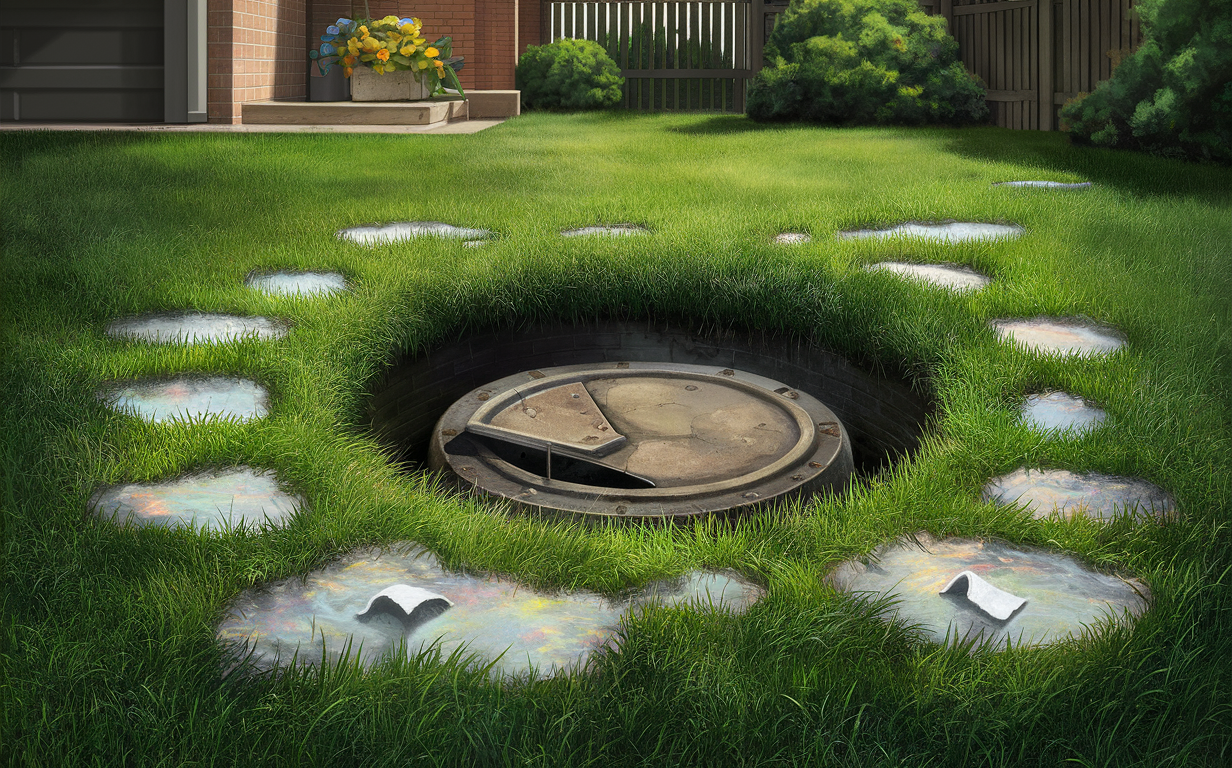
1. Slow Drains and Gurgling Sounds
One of the earliest signs of a full septic tank is slow-draining sinks, showers, and toilets. If you hear gurgling sounds when you flush or drain water, it’s typically a sign of blockage or an overflowing tank.
2. Pooling Water in Your Yard
Water pooling around your septic tank or drain field is a clear indicator that the tank is full or there is a system failure. Check for soggy spots, especially after using a lot of water.
3. Lush, Green Grass Near the Septic Tank
If you notice patches of unusually green or lush grass around your septic system, it’s likely that your tank is leaking. This might be due to the extra nutrients provided by the wastewater.
4. Foul Odors
Unpleasant smells inside or outside your home can be a sign that your septic tank is full. If you smell sulfuric, foul odors near your drains or in your yard, it’s time to call a professional.
Common Symptoms and Their Potential Causes
| Symptom | Potential Cause | Immediate Action |
|---|---|---|
| Slow drains | Full tank, blockage | Schedule a pumping service |
| Pooling water | System failure, full tank | Inspect drain field |
| Lush grass patches | Leaking tank | Inspect and repair tank |
| Foul odors | Overflowing tank | Pump the tank |
Regular Maintenance is Key
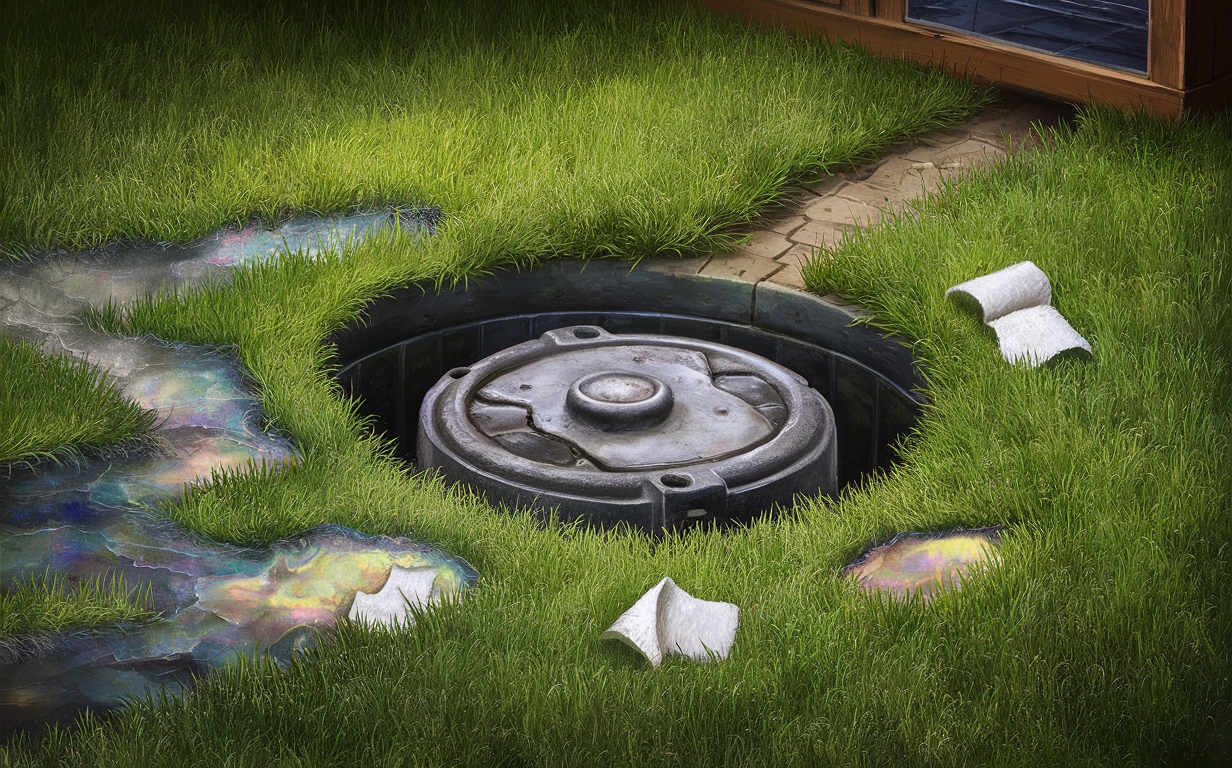
To avoid unexpected issues, regular septic tank maintenance is essential. A well-maintained septic system can last for decades and function efficiently.
Regular Inspections
Schedule regular inspections to ensure your septic system is in good condition. Experts recommend having your septic tank inspected every 3-5 years, depending on usage and tank size.
Scheduled Pumping
Stick to a pumping schedule based on the size of your tank and the number of people in your household. On average, a septic tank should be pumped every 3-5 years.
Recommended Pumping Schedule
| Household Size | Tank Size (Gallons) | Pumping Frequency (Years) |
|---|---|---|
| 1-2 people | 1,000 | Every 5 years |
| 3-4 people | 1,250 | Every 4 years |
| 5-6 people | 1,500 | Every 3 years |
| 7+ people | 2,000 | Every 2 years |
Tips for Septic Tank Health
- Avoid Flushing Non-Biodegradable Items: Only flush human waste and toilet paper.
- Conserve Water: Reducing water usage can extend the life of your septic system.
- Use Enzyme Treatments: Regular enzyme treatments can help break down solids in your tank.
Real-Life Consequences of Neglect
Ignoring the signs of a full septic tank can lead to severe problems:
- System Failure: A neglected septic system can fail completely, requiring costly replacements.
- Health Hazards: Overflowing sewage can contaminate your property and local water sources, posing health risks.
- Property Damage: Sewage backups can damage your home’s interior, causing structural issues and unpleasant conditions.
Preventative Measures to Avoid Septic Tank Issues
- Schedule regular septic tank inspections and pumping.
- Avoid overloading the system with water-heavy activities.
- Be mindful of what goes down your drains.
- Use water-efficient fixtures and appliances.
- Educate your household on proper septic system care.
Recognizing the signs you need to pump your septic tank is essential for maintaining a healthy and functional system. Regular maintenance, timely inspections, and being mindful of your system’s health can prevent costly repairs and health hazards.
Don’t wait for warning signs to become severe issues. If you notice any symptoms or it’s been a while since your last inspection, contact United Sewer & Septic today to schedule a service. Protect your home and health with regular septic tank maintenance.
- Septic tank pumping is generally recommended every 3 to 5 years, according to the Environmental Protection Agency (EPA) source. However, there are signs that indicate it may be time to pump your septic tank more frequently:
- Slow draining: If water in your sinks, showers, or toilets is draining slowly, it could be a sign that your septic tank is full and needs to be pumped source.
- Gurgling sounds: If you hear gurgling noises in your plumbing system, it could be a sign that your septic tank is full and the wastewater is having a hard time flowing out source.
- Sewage backup: If you notice sewage backing up into your drains or toilets, it’s a clear sign that your septic tank is full and needs to be pumped source.
- Strong odors: If you notice a strong odor coming from your septic tank or drains, it could be a sign that the tank is full and needs to be pumped source.
Conclusion
Understanding the signs that indicate when to pump your septic tank can save you from a lot of trouble. Regular maintenance, timely actions, and being aware of the symptoms can keep your septic system running smoothly for years.
If you need professional help, always opt for experienced and reliable services like United Sewer & Septic to ensure the best care for your system. Get your FREE estimate by calling (845) 637-3544 or (888) 845-CLOG (2564)!

